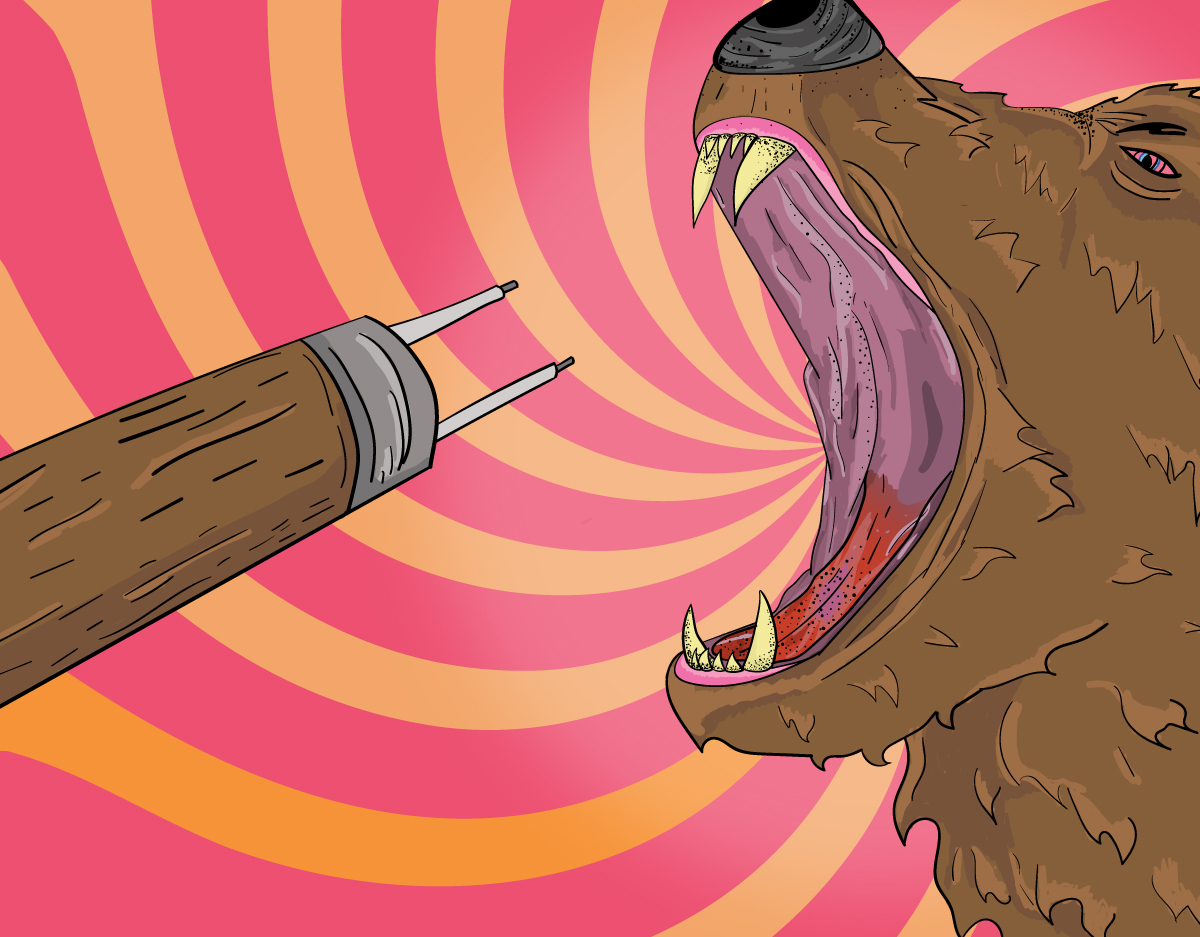It’s your fault
Did you know that if circus animals attack you during an event, it’s actually your fault?
Wild animals in captivity should never be blamed in this situation. We make the mistake of claiming ownership of these animals when they are not ours to own. They are not meant to be in cages, fed periodically or trained to perform to entertain.
Animals in circuses have been an ever-so-familiar sight in the past. However, to consider this as an attribute of a circus today should be outdated. It was perhaps acceptable and entertaining 200 years back, but featuring wild animals violates the laws of nature and displays a lack of humanity.
These animals are trained with fear and abuse to entertain people. The torturous techniques include, whips, tight collars, muzzles, electric prods, bullhooks—heavy batons with a sharp steel hook on one end—and other painful tools of the circus trade.
The concept of the modern circus was originally born in the 1770s in England, when a man named Philip Astley brought the elements we know—such as acrobatics, riding and clowning—together in a ring at his riding school near Westminster Bridge in London.
Since then, the circus has evolved with time, but wild animals are still featured. A recent video clip from Russia, reported by The Guardian, shows a bear pushing a wheelbarrow, and at the 13-second mark, the bear leaves the wheelbarrow and begins to attack its handler. The bear returned to its natural state—that of being wild.
One can make an assumption on how that particular circus maintains and treats animals by the way the situation was handled. At the 19-second mark, when the bear has one of the men pinned down, another man is seen kicking the bear repeatedly. Any novice in wild animal training can make an educated guess that randomly kicking a bear is not an effective tool for taming it.
Caging wild animals and keeping them in captivity only promotes the absence of their voice. It increases their chances of behaving impulsively, as seen in the Russian-circus incident. Circuses that carry elephants, for instance, most frequently torture them, eventually leading to dangerous situations in which elephants snap.
During a 2014 Moolah Shrine Circus show in Missouri, three elephants escaped from their handlers in the children’s rides area and were loose for about 45 minutes damaging cars and property. A similar situation happened in a circus in Virginia, where another elephant broke off from its handlers and charged directly at the audience. Situations like these should not be considered as unexpected. On the contrary, it is the most likely outcome.
“Even if animals were born in captivity, they still retain all their natural instincts, which are completely thwarted when they are trapped in small cages and shuttled from city to city in trucks and trailers,” said Wayne Pacelle, the CEO of the Humane Society of the United States, to National Geographic.
Regardless of circus animals being kept in captivity and their wicked treatment, the debates on animal captivity are ongoing. Most circus people claim it is their way of life. They enjoy their seats filled with smiling audiences, which brings us to the complicated matter of blame. The use of animals in this way, does not issue a black and white blame. The audiences and people who enjoy such acts are equally to blame.
In addition to animal captivity for exploitation, there are people in the U.S. who keep tigers as pets and/or in private zoos. The U.S. has more tigers in cages than there are in the wild—an estimated 5,000 tigers, exceeding the approximately 3,200 tigers in the wild.
Some might see the bear as the culprit and the two men in the video as the victims. I see it the other way. The video is an example of the absence of compassion and humanity. Toying with another life and using it for the purpose of money and amusement cheapens the concept of life.
If anyone is to blame, it is the people of circuses like this and the silent patrons smiling in amusement.







In the past two years, three states have outlawed the use of wild animals in circus acts: Hawaii, New Jersey (in 2018) and California (2019).
There’s a crying need for a NATIONWIDE ban. Circus animals lead lives of quiet desperation. The endless “performance-on-demand,” the stresses of constant travel; the psychological damage caused by being kept in isolation, the cruelty of the “training” sessions. All in all, a true CRIME AGAINST NATURE. Many of these exploited and abused creatures are Endangered Species (big cats, bears, elephants, great apes, et al.). It needs to stop. Yesterday.
Legislation should be introduced in every state, every year. And on the federal level, too. As Gandhi famously noted, “The greatness of a nation can be judged by the way its animals are treated.” Words to live by.